Kinetic Sculpture Wall Art: Moving Beauty for Your Space
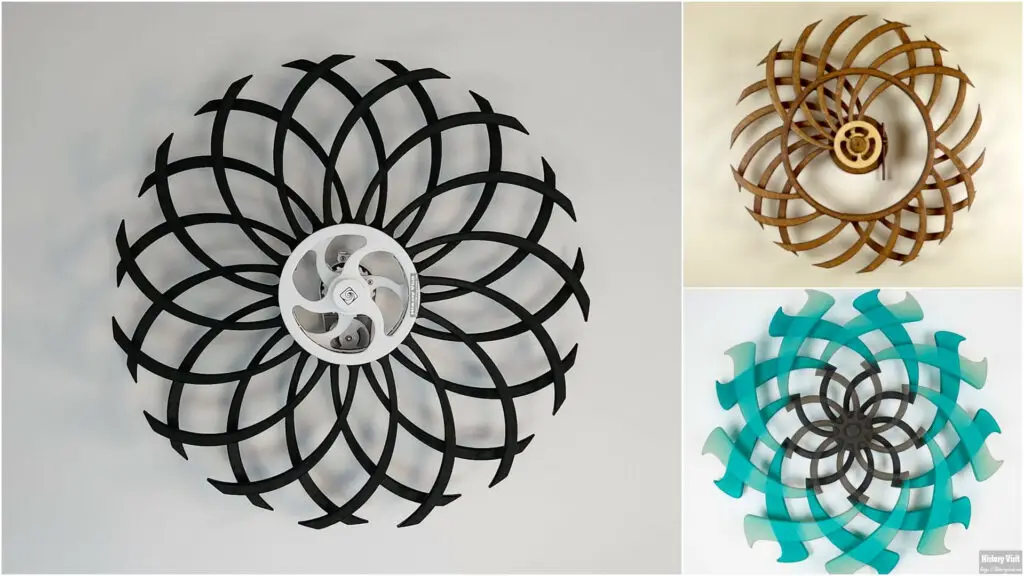
Introduction
Kinetic sculpture wall art has changed how people view space and design. It adds motion to still surfaces. These moving artworks blend engineering and creativity. They are both eye-catching and meaningful.
Kinetic sculpture wall art stands out from flat paintings. It moves, twists, and responds to its setting. From subtle sways to bold spins, it brings walls to life. Artists use wind, light, and motors to drive this change.
This article explores the rise of kinetic sculpture wall art. It looks at styles, creators, materials, and why this art form matters. It reveals how movement gives art a soul.
The Origins of Kinetic Sculpture Wall Art
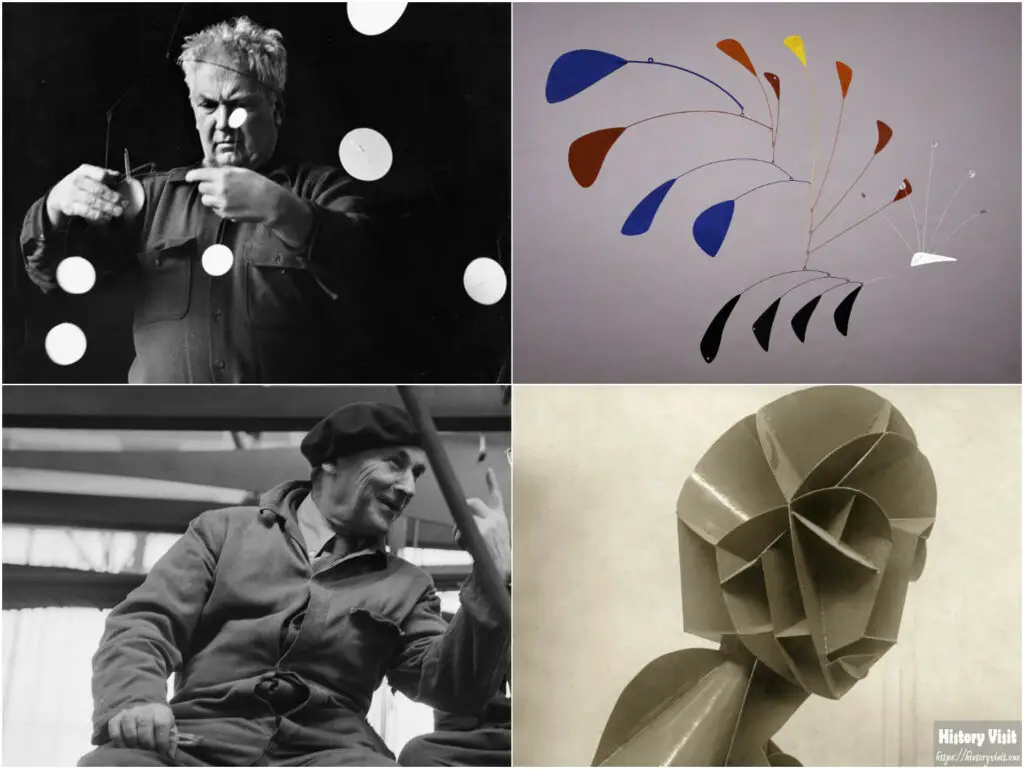
Kinetic sculpture wall art began in the 20th century. Artists wanted to add movement to their works. They felt that static art was not enough. They searched for new ways to express time and change.
The pioneers of this style came from modern art. Alexander Calder and Naum Gabo explored motion early on. Calder made mobiles. Gabo used machines and plastic. Both laid the groundwork for wall-based kinetic art.
In the 1960s, the style gained traction. Technology grew, and artists pushed limits. Motors, wires, and lights became tools. Walls became stages for moving art.
Today, this style blends digital and physical design. Kinetic sculpture wall art is now used in homes, museums, and public spaces.
Kinetic Sculpture Wall Art in Modern Interiors
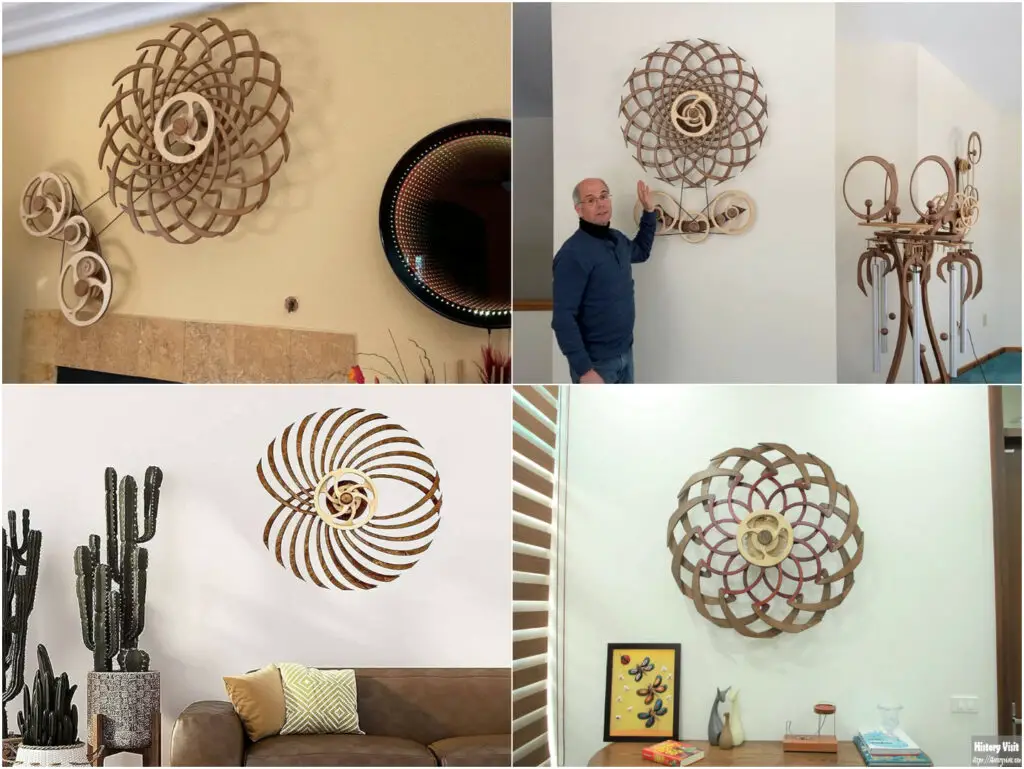
Modern interiors often feature kinetic sculpture wall art. These pieces break the monotony of flat decor. They draw the eye and spark curiosity.
Interior designers love kinetic pieces for their dynamic impact. One art piece can change a room’s energy. As it moves, it reflects light and shadow. It creates moods that evolve with time.
Designers match kinetic art with clean lines. Minimalist spaces benefit from motion and life. These artworks also suit tech-forward homes. Smart homes pair well with responsive wall sculptures.
Some kinetic wall art reacts to movement. Viewers influence the sculpture. It becomes a two-way experience. This interaction creates a bond between person and space.
Materials Used in Kinetic Sculpture Wall Art
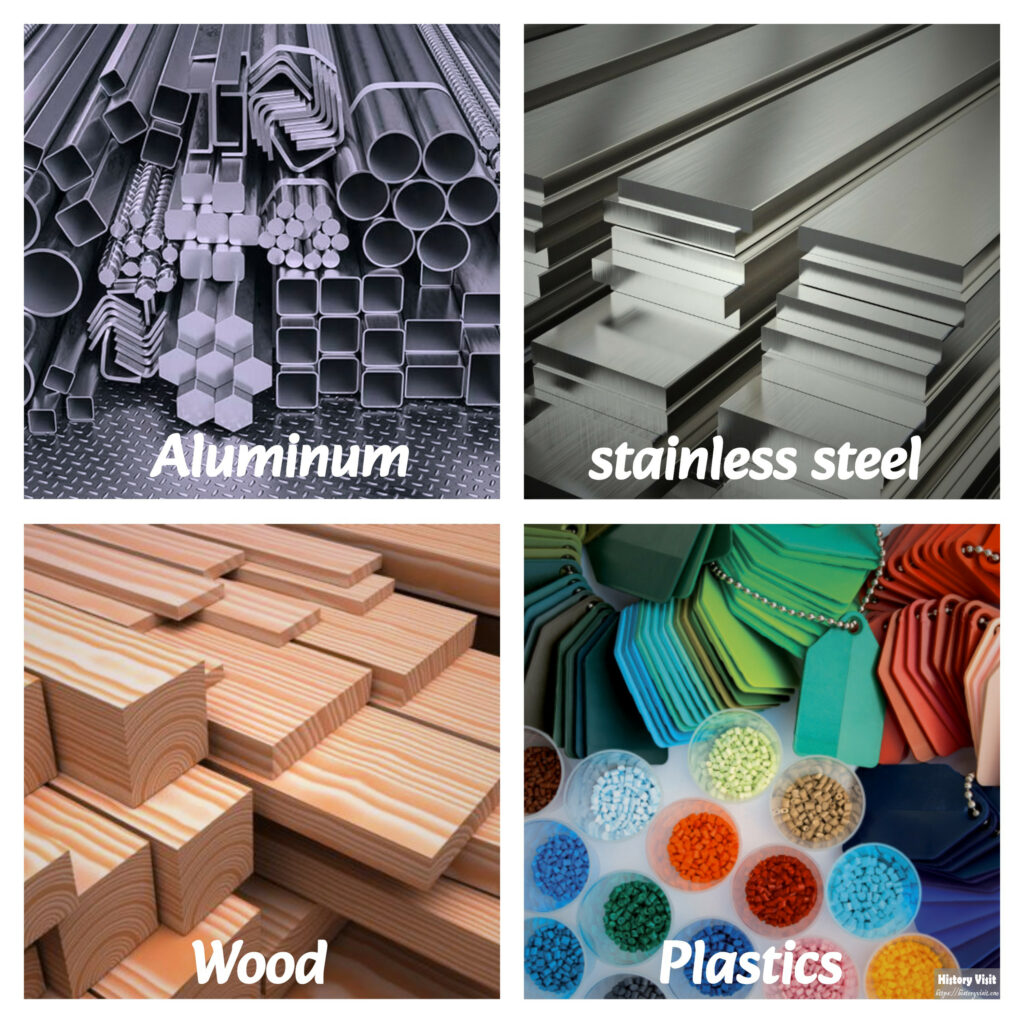
Artists use many materials in kinetic sculpture wall art. Metal is the most common. It is strong, light, and reflects light beautifully.
Aluminum and stainless steel are top choices. They resist rust and hold shape well. Artists can cut and bend them easily.
Wood is another choice. It adds warmth and organic charm. Some artists mix wood with metal for contrast. Natural grains enhance texture and appeal.
Plastics and composites offer flexibility. They come in bold colors. These materials allow for smooth curves and precise cuts. Some artists even use recycled parts.
Techniques and Mechanics Behind Kinetic Motion
Kinetic sculpture wall art relies on clever mechanisms. The motion may be wind-driven or powered by motors. Each technique affects the feel of the piece.
Wind-powered pieces move gently. They work well outdoors or near windows. Fans can also drive motion inside rooms.
Motorized art allows for constant motion. Artists use gears, pulleys, and timers. This gives full control over speed and rhythm.
Interactive mechanisms are growing in use. Some artworks include sensors. They move when people approach. Others change with sound or light levels.
Famous Artists in Kinetic Sculpture Wall Art
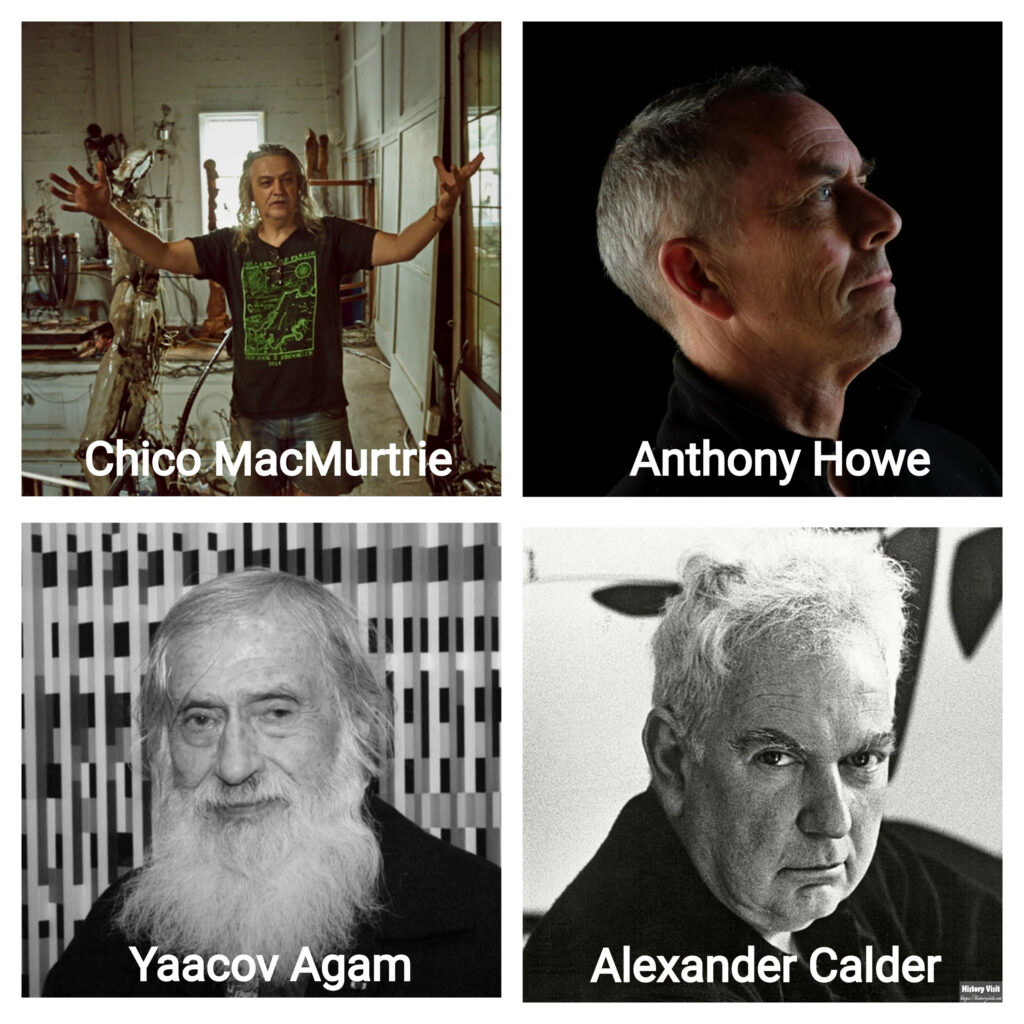
Several artists shaped the field of kinetic sculpture wall art. Their works appear in galleries and cities worldwide.
Alexander Calder is a founding figure. Though best known for mobiles, his influence reaches wall art too. His focus on motion still inspires.
Yaacov Agam brought color and change together. His wall pieces shift with viewpoint. The effect is mesmerizing.
Anthony Howe creates large-scale kinetic works. His wall pieces often spin with elegance. They feel alive.
Chico MacMurtrie uses robotics in his art. His sculptures react to viewers. This merges art and science beautifully.
Cultural Significance of Kinetic Sculpture Wall Art
Kinetic sculpture wall art reflects society’s love for movement and tech. It captures the rhythm of modern life. People relate to it because it mirrors change.
In homes, it offers calm. A slow-moving sculpture can ease the mind. It softens hard edges of daily stress.
In public spaces, kinetic art attracts attention. It becomes a landmark. People gather around it, watch, and share. It builds community.
Museums use kinetic sculpture wall art to teach. It explains motion, balance, and force. It turns science into beauty.
Kinetic Sculpture Wall Art in Outdoor Settings
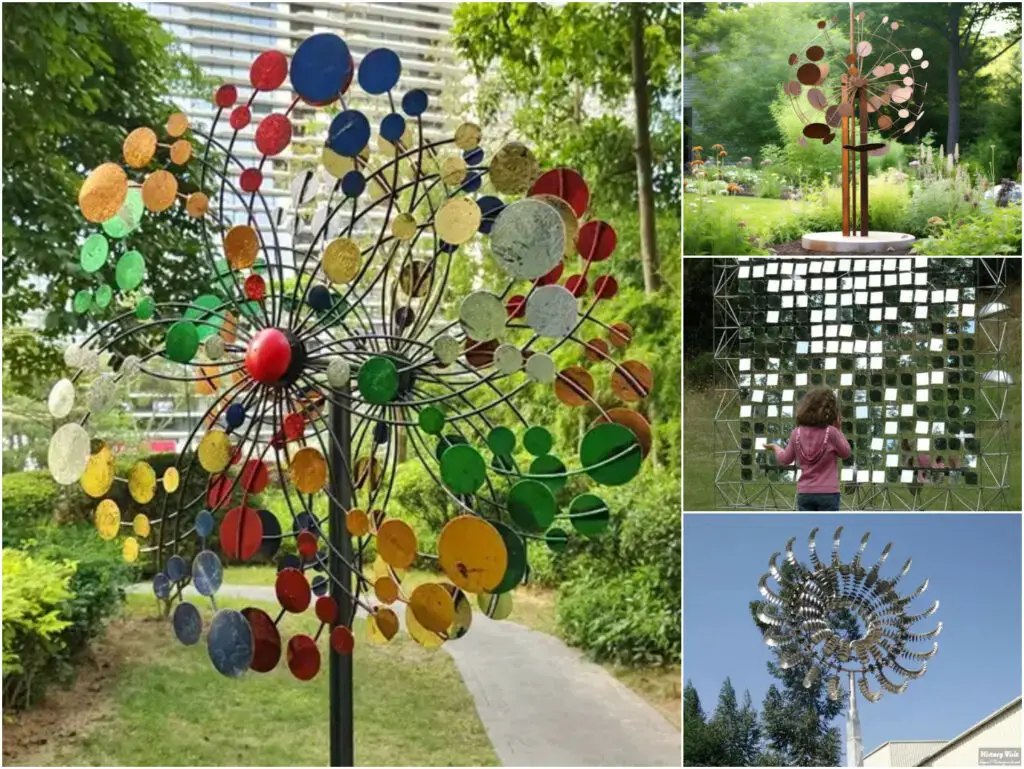
Outdoor use of kinetic sculpture wall art is growing. These pieces transform buildings into art. They shift with wind and sun.
Metal pieces shine under the sky. They reflect light and color. Some spin like pinwheels. Others flutter like leaves.
Designers install them on walls, fences, and rooftops. They enhance landscapes. Even small pieces can have big impact.
Durable materials matter. Outdoor kinetic art must face rain, sun, and wind. Artists test their works for weather resistance.
Customization and Personal Expression
Kinetic sculpture wall art allows personal expression. Many artists accept custom requests. Buyers choose size, color, and motion style.
Custom art fits a room’s theme. It becomes part of the home’s identity. Some families even commission legacy pieces.
Digital design helps. Artists show buyers 3D previews. Changes happen before building starts.
Custom work often tells a story. Motion reflects memories, moods, or dreams. It becomes deeply meaningful.
How to Choose the Right Kinetic Sculpture Wall Art
Choosing the right kinetic sculpture wall art needs thought. Start with space and purpose. Is it for calm or energy?
Measure the wall carefully. Some pieces need more room to move. Others work in tight spaces.
Think about lighting. Moving art plays with light. Position it where shadows add depth.
Match the material to the decor. Metal suits modern rooms. Wood warms up classic interiors.
Maintenance and Care for Longevity
Kinetic sculpture wall art needs care. Regular checks keep motion smooth. Dust can affect balance.
Use a soft cloth for cleaning. Avoid harsh chemicals. Lubricate moving parts if needed.
Outdoor pieces may need extra care. Check for rust or wear. Recoat surfaces if faded.
Proper care extends art life. Well-maintained pieces last for decades.
Future Trends in Kinetic Sculpture Wall Art
The future of kinetic sculpture wall art is bright. Artists now explore AI and smart systems. Art may respond to mood or voice.
LED lighting adds depth. Some pieces glow or change color. Others project light onto walls.
Virtual reality may join in. Viewers could control art through apps. This blends physical and digital worlds.
Eco-friendly trends also rise. Solar-powered motion is a growing field. Sustainability meets creativity.
Conclusion
Kinetic sculpture wall art adds life to lifeless walls. It brings time and space into play. Its motion keeps viewers engaged.
From homes to public places, it creates emotion. It can soothe, excite, or teach. Its energy touches hearts and minds.
As technology grows, so will the art. Kinetic sculpture wall art will evolve with society. Its future holds endless motion.


